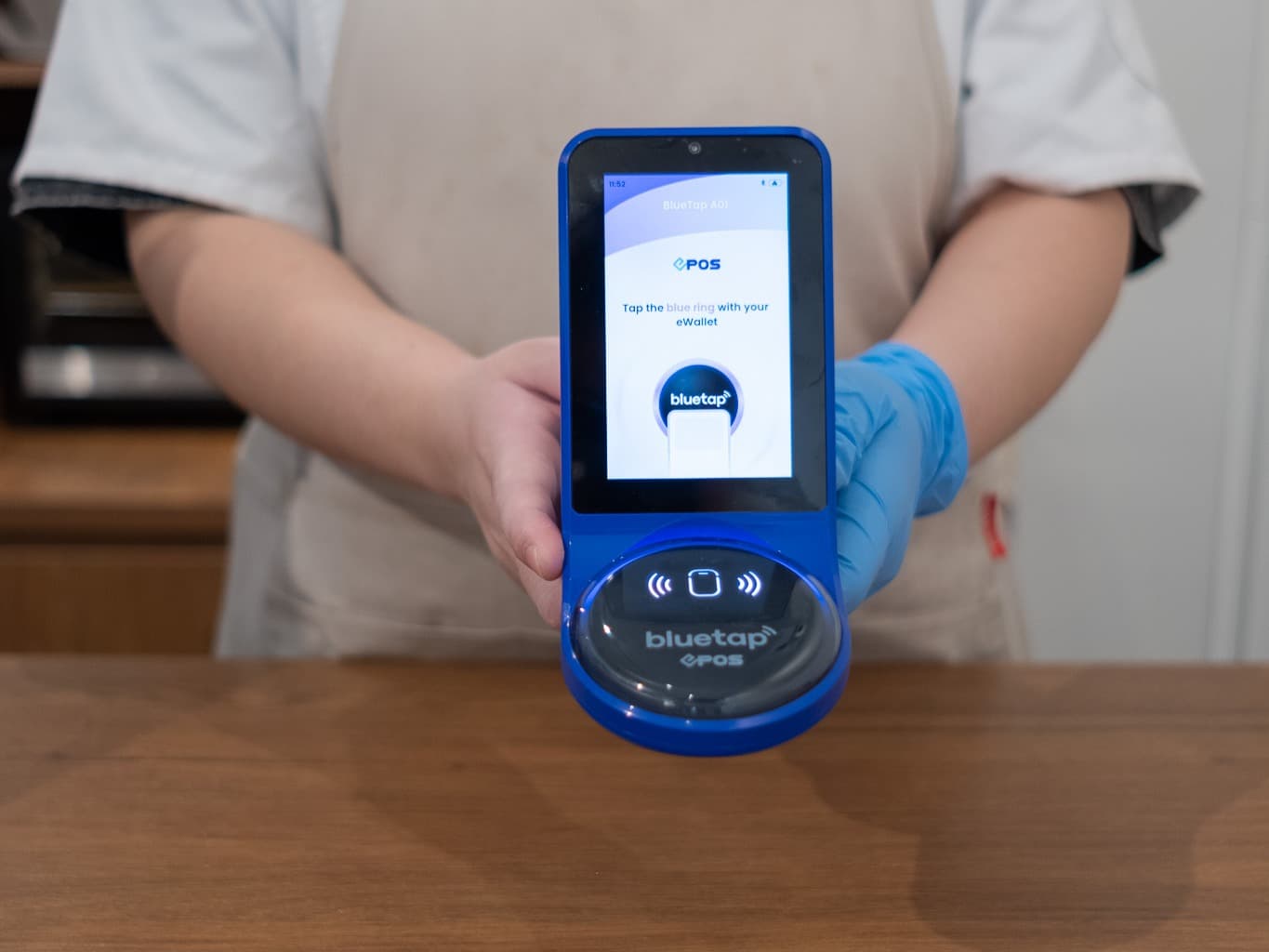
Introduction
In today’s globalized world, businesses are increasingly recognizing the importance of sustainability, not only for environmental stewardship but also for meeting consumer demands and staying competitive. One crucial aspect of sustainable business practices is packaging. In this comprehensive guide, we will explore the significance of sustainable packaging, its benefits, and provide a step-by-step analysis of how to implement sustainable packaging in your business.
Section 1: Understanding the Importance of Sustainable Packaging
1.1 Environmental Impact of Traditional Packaging
Traditional packaging materials, often derived from non-renewable resources, contribute significantly to environmental degradation. The production, use, and disposal of conventional packaging materials, such as plastic and Styrofoam, lead to pollution, resource depletion, and long-lasting waste.
1.2 Consumer Trends and Preferences
As consumers become more environmentally conscious, there is a growing demand for sustainable products and packaging. Businesses that prioritize sustainability not only appeal to eco-conscious consumers but also enhance their brand reputation, leading to increased customer loyalty.
1.3 Regulatory Landscape
Governments and international bodies are introducing regulations and standards aimed at reducing the environmental impact of packaging. Staying compliant with these regulations not only avoids legal issues but also positions your business as a responsible and ethical player in the market.
Section 2: The Benefits of Sustainable Packaging
2.1 Environmental Advantages
Switching to sustainable packaging materials significantly reduces the carbon footprint of your business. Materials like recycled cardboard, biodegradable plastics, and plant-based polymers contribute to lower energy consumption and decreased greenhouse gas emissions.
2.2 Cost Savings
Contrary to common misconceptions, sustainable packaging can lead to cost savings in the long run. Reduced material usage, streamlined production processes, and potential tax incentives contribute to a more financially viable business model.
2.3 Enhanced Brand Image
Consumers are increasingly making purchasing decisions based on a company’s commitment to sustainability. Implementing sustainable packaging not only attracts environmentally conscious consumers but also helps build a positive brand image, setting your business apart from competitors.
Section 3: Step-by-Step Guide to Implement Sustainable Packaging
3.1 Conducting a Packaging Audit
Start by evaluating your current packaging materials, processes, and environmental impact. Identify areas for improvement and set measurable goals for adopting sustainable practices.
3.2 Choosing Sustainable Materials
Explore alternative materials such as recycled paper, cardboard, biodegradable plastics, and compostable materials. Consider the life cycle of each material, from production to disposal, to ensure a comprehensive understanding of its environmental impact.
3.3 Reducing Packaging Waste
Optimize packaging design to minimize waste. Consider lightweighting, right-sizing, and using materials that are easily recyclable or compostable. Implementing eco-friendly packaging design principles can lead to significant waste reduction.
3.4 Collaboration with Suppliers
Engage with your suppliers to ensure they also prioritize sustainable practices. Collaborate on sourcing eco-friendly materials and explore ways to collectively reduce the environmental impact throughout the supply chain.
3.5 Educating and Involving Employees
Train your employees on the importance of sustainable packaging and involve them in the implementation process. Building a culture of sustainability within your organization enhances the success and longevity of your efforts.
3.6 Incorporating Eco-friendly Printing and Labeling
Extend your commitment to sustainability by using eco-friendly printing and labeling methods. Choose inks and adhesives with low environmental impact and ensure that your packaging communicates your commitment to sustainability effectively.
Section 4: Case Studies of Successful Sustainable Packaging Implementation
4.1 Patagonia: A Leader in Sustainable Packaging
Explore how outdoor clothing retailer Patagonia successfully implemented sustainable packaging, incorporating recycled materials and innovative design to reduce their environmental impact.
4.2 Unilever: Scaling Sustainable Packaging Across Brands
Learn from consumer goods giant Unilever’s journey towards sustainable packaging, emphasizing their commitment to making 100% of their plastic packaging recyclable, reusable, or compostable by 2025.
Section 5: Overcoming Challenges in Implementing Sustainable Packaging
5.1 Cost Concerns
Address the common misconception that sustainable packaging is cost-prohibitive. Provide insights into long-term cost savings, potential financial incentives, and the positive impact on brand value.
5.2 Technological Limitations
Acknowledge that some businesses may face technological limitations when transitioning to sustainable packaging. Offer guidance on gradually adopting new technologies and collaborating with experts to overcome these challenges.
Section 6: Frequently Asked Questions (FAQs)
6.1 What are the key benefits of sustainable packaging for businesses?
Explore the environmental, financial, and brand-related advantages of implementing sustainable packaging in detail.
6.2 How can businesses ensure compliance with sustainable packaging regulations?
Provide insights into staying informed about regulatory changes, working with industry associations, and incorporating compliance measures into your business strategy.
6.3 Can sustainable packaging be cost-effective for small businesses?
Offer practical tips and case studies demonstrating how small businesses can implement sustainable packaging without compromising their financial viability.
6.4 What role does consumer education play in promoting sustainable packaging?
Examine the importance of educating consumers about the environmental impact of packaging and how businesses can actively engage and inform their customer base.
6.5 What are the key benefits of sustainable packaging for businesses?
Answer: Sustainable packaging offers several benefits for businesses, including reduced environmental impact, cost savings through streamlined processes, and an enhanced brand image that attracts environmentally conscious consumers. By adopting eco-friendly packaging, businesses can stay competitive, comply with regulations, and contribute to a more sustainable future.
6.6 How can businesses ensure compliance with sustainable packaging regulations?
Answer: To ensure compliance with sustainable packaging regulations, businesses should stay informed about industry standards and government regulations. Collaborating with industry associations, conducting regular audits, and incorporating compliance measures into business strategies are essential steps. By actively monitoring and adapting to regulatory changes, businesses can navigate the evolving landscape of sustainable packaging requirements.
6.7 Can sustainable packaging be cost-effective for small businesses?
Answer: Yes, sustainable packaging can be cost-effective for small businesses. While there may be initial investment costs, long-term savings often outweigh the upfront expenses. Small businesses can explore light weight, right-sizing, and choosing materials with lower environmental impact to reduce costs. Additionally, the positive impact on brand reputation can lead to increased customer loyalty and sales, further justifying the investment in sustainable packaging.
Conclusion
In conclusion, adopting sustainable packaging is not only an ethical choice but also a strategic one for businesses looking to thrive in a rapidly changing market. By following the step-by-step guide and learning from successful case studies, your business can contribute to a more sustainable future while reaping the benefits of enhanced brand image, cost savings, and customer loyalty. Stay ahead of the curve, make the shift to sustainable packaging, and position your business as a leader in environmental responsibility.


